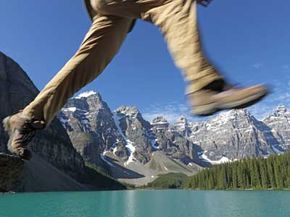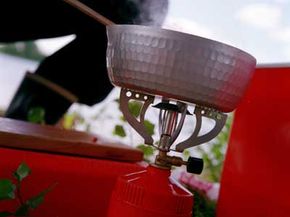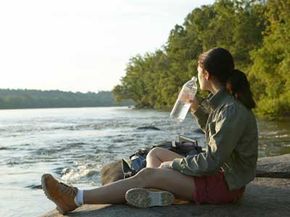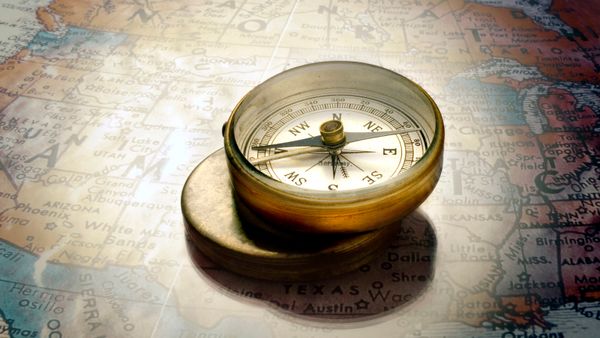You came to the wilderness to lift your spirit, relinquish the tax of long work days, let down the yoke of the smoggy city life. So why does it feel like you're wielding the weight of the world on your back? How can you look up and enjoy the pristine blue sky when you're pretty sure you've got it strapped to your shoulders?
You're not the first backpacker to crumble under this weight in the backcountry. It's the reason ultralight backpacking was invented -- a type of backpacking that aims to lighten that profound pack load. You take as little as possible into the woods without leaving anything at home that could compromise your safety or relative comfort. There's no official standard for how light to go with your pack; its weight will depend on a number of different factors, including your physical condition, the terrain you'll be covering and the weather conditions. But while the traditional backpacker may carry as much as one-third of his or her body weight in the pack, the ultralight backpacker aims for somewhere between one-fifth and one-seventh of that body weight -- quite a difference.
Advertisement
To lighten your load, you'll relentlessly pare down to the minimum. When purchasing new gear, you'll invest in the smallest and the lightest. That gear can be expensive, mind you. So many ultralight backpackers save money by making their own. When you make your own tent, stove and backpack, you have ultimate control over how much it weighs as well as its design. Many Internet sites provide detailed instructions on how to construct camping equipment. And ultralighters often find the challenge of building their own gear as enjoyable as the camping and hiking experience.
Even though you pack light, ultralight backpacking trips may be as long as a traditional backpacking trip -- though the longer you're out, the heavier your pack will be. Even when heading out for a week or longer, it's possible to observe the guidelines of ultralight backpacking to lighten your load considerably.
Be warned, you may begin to display obsessive compulsive behavior in your attempts to reduce your cargo. Find out why on the next few pages.
Advertisement







